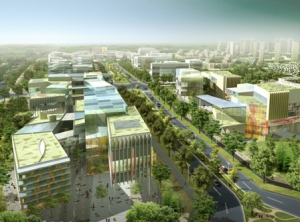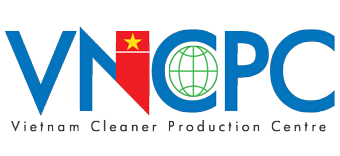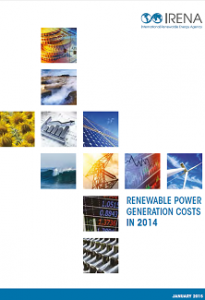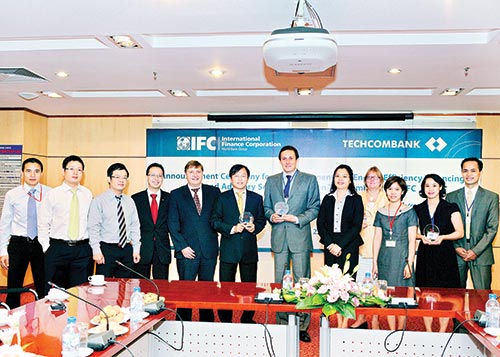Vietnam needs up to $30 billion to carry out its Green Growth Strategy from now to 2020, of which 70% will not come from the State budget.

The money will be used to perform 12 tasks focusing on 66 major activities related to institutions, zone planning, technology transfer, and business opportunities for business development and finance.
Vietnam will have to spend 2-6% of its GDP to readdress damages caused by climate change, according to Pham Hoang Mai from the Ministry of Planning and Investment’s.
Mai said Vietnam currently lacks policies to mobilize financial resources, especially from the International Climate Funds, while facing difficulties in attracting foreign and domestic investments.
The newly-promulgated National Green Growth Strategy and the National Action Plan on Green Growth for the period 2014-2020 are considered policies of utmost importance to the promotion of sustainable development in Vietnam, notably sustainable economic development as well as climate change adaptation, Mai noted.
Deputy Minister of Planning and Investment Nguyen The Phuong attributed these results to the close and effective cooperation between the Vietnamese and Korean governments through the support of the Korea International Cooperation Agency (KOICA) KOICA for the MoIT in realizing these projects.
Dr. Taeho Ro, Director General of Global Strategy Centre, of the Korea Environment Institute, said Vietnam is trying to apply green-growth strategies and experience and knowledge from a number of countries to deal with social changes and environmental diversity as a result of rapid industrialization and economic development.
He suggested that groups increase support for Vietnam in developing legal and institutional foundations in order to help protect the environment and stimulate socio-economic development.
Vietnam to receive ODA of US$3.9 million for green growth
The US Agency for International Development (USAID) in collaboration with the United Nations Development Program (UNDP) and the European Union (EU) has agreed to provide US$3.9 million of ODA for sustainable green growth projects.
The balance of the funding for the US$4.128 million projects to be implemented in Hanoi and surrounding provinces will be sourced from the Ministry of Planning and Investment (MPI) counterpart funds.
The projects are aimed at enhancing technical capacity for the MPI, the Ministry of Finance, the Ministry of Transport and other provinces to integrate the contents of green growth into the local budget and spending plans.
They are also expected to raise businesses and policy makers’ awareness about green growth and sustainable development, analysis on financial and investment policies, barriers, and support of policy dialogues.
The Prime Minister has asked the MPI to work with relevant agencies and the UNDP office in Vietnam to devise an annual plan to implement the projects in compliance with existing regulations and insure the ODA is used effectively.
VOV/VNN



